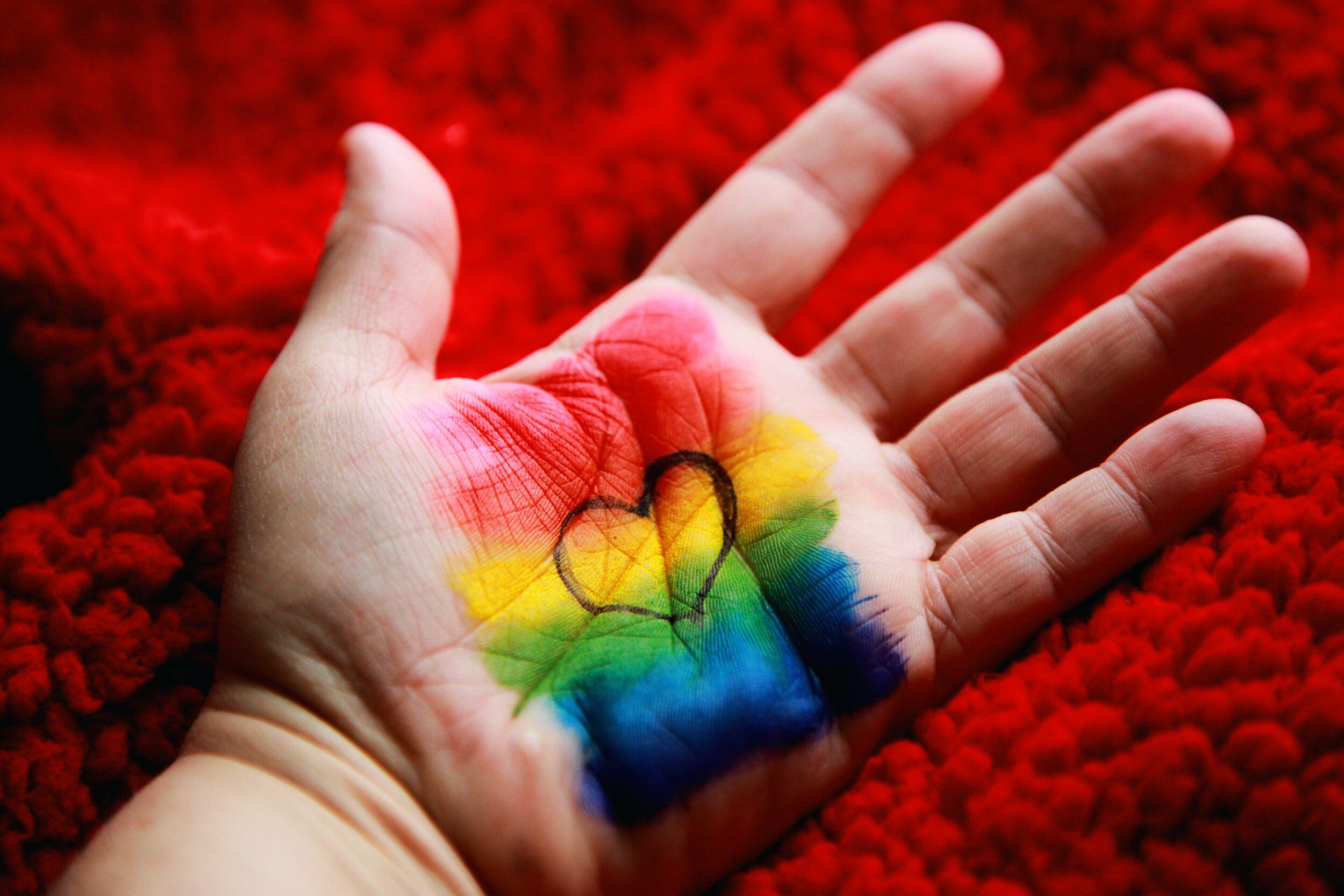Non-binary is an umbrella term for an endless range of gender identities which fall outside of the traditional gender binary of man versus woman, or boy versus girl. Non-binary individuals may identify at any point along the gender spectrum, or even outside the spectrum altogether. Non-binary people do not identify as exclusively male or female all the time. Non-binary falls under the transgender umbrella, since non-binary people do not identify with their assigned gender at birth. Many non-binary people consider themselves to be trans, but not all do. Non-binary people are trans if they feel this label suits them. Just like binary trans people, some non-binary people undergo medical transition while others don’t.
Non-binary shares similarities with gender queer, but they are not synonymous. In Transgender Children and Youth Elijah C. Nealy says that for gender queer people, “their gender identity does not neatly fit into one of the two binary boxes labeled male or female.” This is a trait that non-binary and gender queer people share. However, gender queer came into popular usage at least 10 years before non-binary did, and gender queer is more associated with the counterculture movement seeking to ‘queer’ or deconstruct the gender binary. While many non-binary people may have problems with the gender binary and wish to expand it, the term does not have political or countercultural connotations like gender queer does. Some non-binary people identify as gender queer, while others don’t. Non-binary is not a political term; it simply refers to anybody whose gender identity falls outside of the female-male gender binary.
Non-binary includes an infinite number of gender identities, so we can’t list them all here. Some examples include agender people, who do not feel they have any gender. Bigender people identify as two genders, either at the same time or moving between them. Check out the TYEF Glossary for more definitions, although this is not an exhaustive list. Some non-binary people just identify as non-binary, and don’t label their gender identity any more specifically than that. It’s important to remember that labels and definitions are always evolving.
According to Elijah C. Nealy, “given that their identity is neither male nor female, some nonbinary youth use . . . gender-neutral pronouns.” While some non-binary people are okay with the pronouns traditionally associated with their assigned gender at birth, many opt for neutral options like singular they/them/their pronouns. There is also a whole world of neopronouns such as ze/zir/zirs and xe/xym/xyr which many non-binary people feel more comfortable using. Ultimately, pronouns are a personal preference and non-binary youth should use whichever pronouns make them feel the most comfortable and validated in their identities.
Non-binary youth may face a range of difficulties often not experienced by binary transgender youth. We live in a society that adheres to a false male-female gender binary. Societal biases are present in many aspects of daily life, ranging from public restrooms to doctors’ forms, and more. We need to nurture positive, accepting, and supportive environments in our homes, schools, communities, and society for non-binary youth. Non-binary people belong, and TYEF stands with and supports the non-binary community. Trust the non-binary youth in your lives – they are who they say they are and their identities are valid.
In the News:
The new U.S. law on June 30th 2021 will allow applicants to select “X” for non-binary or unspecified on their passports.
A new study finds that 1.2 million non-binary people live in the U.S.
Sources:
Transgender Children and Youth by Elijah C. Nealy, PhD, MDiv, LCSW. 2017.
Nonbinary Wiki. https://nonbinary.wiki/wiki/Nonbinary_Wiki:Dive_in!




